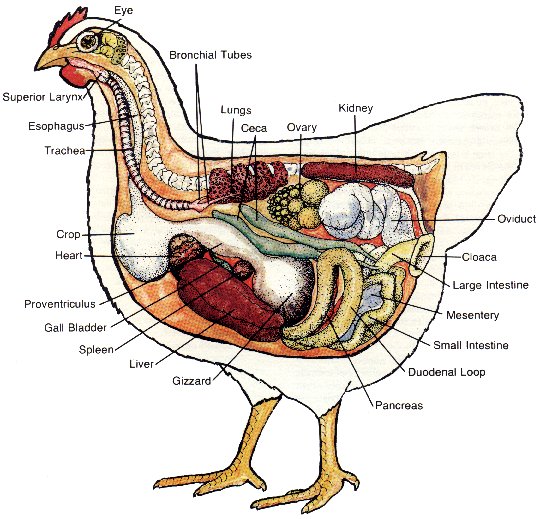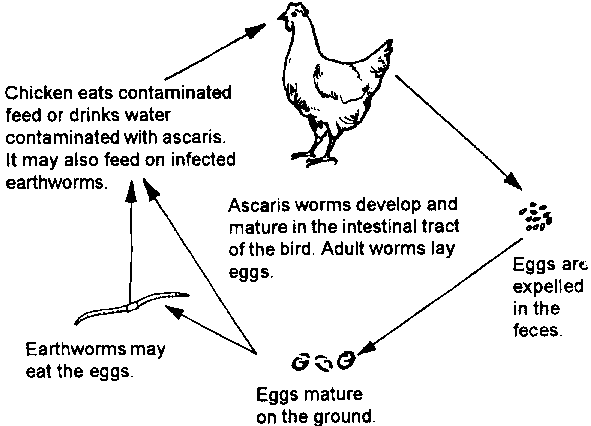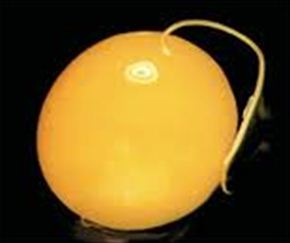- Mar 26, 2010
- 168
- 51
- 261
I've recently lost one of my 6 golden comet hens (2.5 yo) & now it appears another hen is demonstrating the same symptoms...... They seem to slowly (ie, over a period of 2-3 weeks) grow weaker, with very little appetite, hunker down, & shake their heads a lot. I don't know how else to describe her condition There's no signs of external issues & I have been adding Duramycin 10 to their water since the first hen died about two weeks ago. The hen in question is slowly getting worse. I doubt she has much time as she is barely standing today. ...









